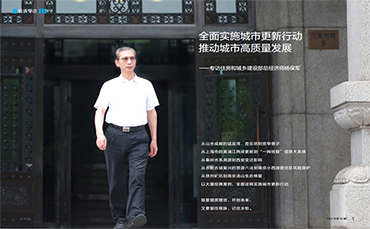

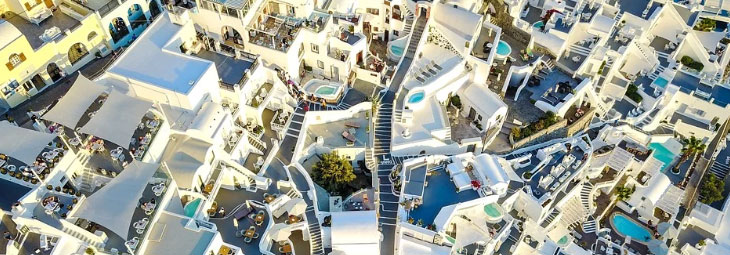
In the past online education training for leading cadres of Housing and Urban-Rural Development of the People’s Republic of China(MOHURD)system, Yang Baojun, chief economist of MOHURD, explained the significance for the implementation of urban renewal actions through a lecture on the topic of Fully Implement Urban Renewal Actions And Promote High-Quality Urban Development explaining.

The implementation of urban renewal action is a major decision and deployment, in which the Party Central Committee takes over the whole situation with Comrade Xi Jinping at the core and accurately judge the new situation of city development and further improve the quality of city development in China, standing at the strategic height of building a socialist modern country and realizing the Chinese dream of the great rejuvenation of the Chinese nation. With the aim to implement the decision and deployment from central government, it is necessary to deeply understand the significance of urban renewal action and accurately grasp the abundant connotation of urban renewal action.
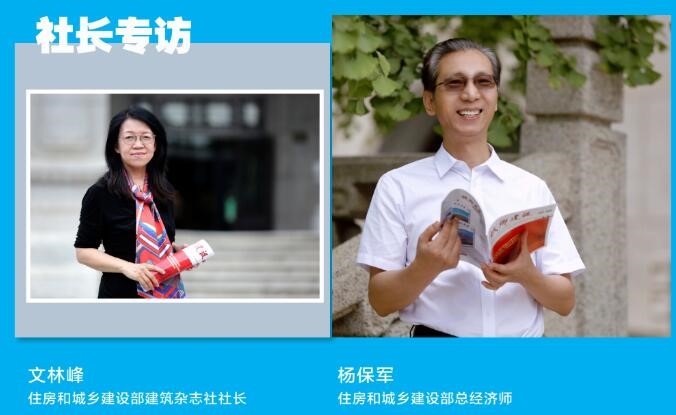
Wen Linfeng, the President of Architecture Magazine of MOHURD , had an exclusive interview with Yang Baojun, Chief Economist of MOHURD on the issues related to fully implementation of urban renewal actions.
Wen Linfeng: Thanks for your acceptance of our interview in your busy schedule. And First of all, would you please introduce the background of the implementation of the urban renewal action to the readers?
Yang Baojun:
In June, 2020, during the preparations for the Fifth Plenary Session of the 19th Central Committee of the Communist Party of China, MOHURD submitted a report to the Party Central Committee, titles as Suggestions on integrating Improving Urban Quality and Efficiency as A Major Strategy of National Development during the 14th Five-Year Plan Period (hereinafter referred to as the Report). Report consists of two parts: the significant meanings of strategy implementation and important measures.
Five parts for the significant meanings:
I Since our country has been dominated by urban population from agricultural population, urban development has entered an important period of improving quality and efficiency.
The level of urbanization in our country has exceeded 60%, the middle and late stages of the urbanization process, indicates that our country has entered the era with urban society as the main body, and social structure, production and lifestyles, and governance systems are undergoing major changes. From the international experiences and laws of urban development, it’s also a period when various social contradictions and problems are concentrated within the city. We must not only continue to solve the problems brought by urbanization, but also need to pay attention to the accumulated and new problems of urban development itself. Therefore, it is an inevitable choice to respect the law to shift from the rapid expansion to the connotation improvement of the quality and efficiency.
II City is the main engine of he economic and social development and also the battlefield for expanding the domestic demand.
Urban GDP accounts for more than 90% of the country’s GDP in China, and cities are still a source of innovation, where the abundant innovation resources are gathering. The vitality of innovation must be stimulated and potential demand of consumption must be activated.
III The solution of obvious problems and shortcomings are promoted as well as the major initiatives to enhance people's sense of gain, happiness, and security.
In the past, with the rapid growth of economy and urbanization, urban development pursued speed and scale, resulting in insufficient urban integrity, system, livability and inclusiveness. The quality of human settlements is lower with serious illness and many shortcomings. The implementation of urban renewal strategies could deeply promote the people-centered thoughts of development.
IV It’s crucial to promote the transformation of economic development mode.
In the past, urban development and construction were overly dependent on real estate, which restricted the transformation of economic development. The key of this strategy is to promote the transformation of urban development and construction, and to gradually shift the construction focus to the updating and upgrading of stocks from incremental construction led by real estate. Meanwhile, in sight of the changes and reforming of city development and construction, a set of financial, taxation, and land policy systems, compatible with quality improvement of large-scale inventory, are formed. And therefore the resources of the factors could flow to the projects of urban quality and efficiency improvement, capital, land and other factors could be optimized and reallocated in accordance with market rules and demands of national development, which promotes the transformation of economic development mode from the source.
V It’s crucial to effectively connect the national and regional coordinated development strategy and rural revitalization strategy to further form a completed national spatial development strategy system.
Since the 18th National Congress of the Communist Party of China, the Central Committee of the Communist Party of China has put forward a series of major regional development strategies, such as the One Belt One Road initiative and the coordinated development of Beijing-Tianjin-Hebei, which strives to improve the connection and integration of regional strategies at all levels and enhance the synergy and integrity of regional development. The 19th National Congress of the Communist Party of China proposed the strategy of rural revitalization, so that there are national strategic guidelines both at the regional and rural levels. The implementation of the urban renewal strategy and the promotion of high-quality urban development not only provide solid support for regional coordinated development, but also provide a power engine for rural revitalization. And hence a complete system of national spatial development strategy has been established from the three levels: region, city and village.
The construction of this strategic system is essential to promote high-quality development. The disadvantages in the current urban planning, construction and management, such as division of departments and fragmentation of management has led to less integrated, systematic and the quantified of city development. To cope with this dilemma, it is necessary to add urban development strategies to the national system of spatial development strategy, and urban work are planned and arranged as a whole with the integration of economic needs, life needs, ecological needs and safety needs of urban development to therefore comprehensively improve the quality and efficiency of city development. It is necessary to think about problems and advance work from the perspective of the overall situation of the country's development.
Wen Linfeng: how are the content of Report reflected in the Recommendations on the 14th Five-Year Plan for National Economic and Social Development and Long-Term Goals for 2035 (hereinafter referred to as the Recommendations)?
Yang Baojun:
General Secretary Xi Jinping attaches great importance to this report and has made important instructions: firstly, the core content of the Report is incorporated into the documents of the Fifth Plenary Session of the 19th Central Committee of the Party; secondly, the Report should be reflected in the outline of the 14th Five-Year Plan. In the process of the forming, the content is systematically sorted out and refined, and the name of the strategy is further refined. Later, in the Recommendations of the Fifth Plenary Session of the 19th Central Committee of the Communist Party of China, the strategy is named Urban Renewal Action.
The relevant content is integrated into the 8th part, Optimizing the Territorial Spatial Layout,Promoting Coordinated Regional Development and New Urbanization. The main contents include promoting people-oriented new urbanization ,implementing urban renewal actions, advancing urban ecological restoration and functional improvement projects, coordinating urban planning, construction, and management, reasonably determining urban scale, population density, and spatial structure, promoting the coordinated development of large, medium and small cities and towns, strengthening historical and cultural protection, shaping urban style, strengthening old residential community reconstruction and community construction, enhancing urban flood control and drainage capacity, construction of sponge cities, resilient cities, improving urban governance, strengthening risk prevention and control in the governance of mega-cities, optimizing administrative divisions, giving full play to the leading role of central cities and urban agglomerations, building a modern metropolitan area, promoting economic circle construction of Chengdu-Chongqing area, promoting urbanization construction with the county as the important carrier.
Urbanization, regions, cities, etc. are discussed in the same chapter by the convention. However, urbanization strategy hardly equals to the city development strategies. The aims of the former is to solve the problems in the process of rural population transfer and the former aims to deal with the city development itself. For this reason, we cannot treat urban renewal action as a specific task, let alone misinterpreting it as dismantling the old city and building a new city. It is necessary to think about problems and advance work from the overall situation of the country's development with focus on both small and big points.
Wen Linfeng: Please talk about the importance of the implementation of urban renewal actions to the national economy and social development.
Yang Baojun:
After the release of the Recommendations, Minister Wang Menghui wrote an article specifically to interpret the implementation of urban renewal actions. Some cases can deepen our understandings.
Firstly, it’s the inevitable demands to adapt to the new situation of urban development of promote the high quality development of the city.
Since entering a entering a new stage of development, national development goals, value orientation, market demand, people's demands, evaluation standards, and game rules are all changing. Urban construction must actively adapt to these changes.
From the solution of existence or not to good or bad-city should become the spatial carrier of the people’s good life. The dimension to deal with problems has changed.The first is the time dimension. Urban construction must stand the test of history without leaving historical regrets. Such as architectural design must follow the laws of science, technology, and art, and create classic works that cannot be blindly followed. Whatever is classic must be enduring. The second is the field. Urban construction has expanded from boosting economic development to the fields of society, ecology, culture, art, and aesthetics.
When inspecting Tsinghua University, General Secretary Xi said that art, science and technology complement and promote each other. The important role of art should be brought into play in serving economic and social development and more art elements should be applied to urban and rural planning to enhance the aesthetic appeal and cultural taste, better serving people's high-quality life needs with the art achievements.
In the survival stage, we seek to earn a living , and a small room is enough; in the development stage, we will pursue a better life, and only a house can make a home; we will enter the all-round development of people in the future, which requires to constantly enriching people's spiritual life, yearning for poetic dwelling, and building a spiritual home.
Secondly, it’s an important way to implement the strategy of domestic demand expansion and construct new development layout.
After the emergence of COVID-19, it’s urgent to expand domestic demand. Chengdu Mengzhuiwan is a successful case of urban renewal. Mengzhuiwan was originally a declining old riverside block. And a traffic road weakens the hydrophilicity of the block. After the implementation of urban renewal, now it has become a nationally renowned vibrant leisure area in Chengdu. It incorporates elements of art, technology, cultural creation, etc., and is full of the taste of Chengdu city, indicating a sense of fashion and vitality. And it has become a hot spot for Internet celebrities to check in and consume. In urban renewal, it is Chengdu’s experience to focus on improving urban functions, implanting modern industries, cultivating new types of business, creating consumption scenarios, and creating a better life.
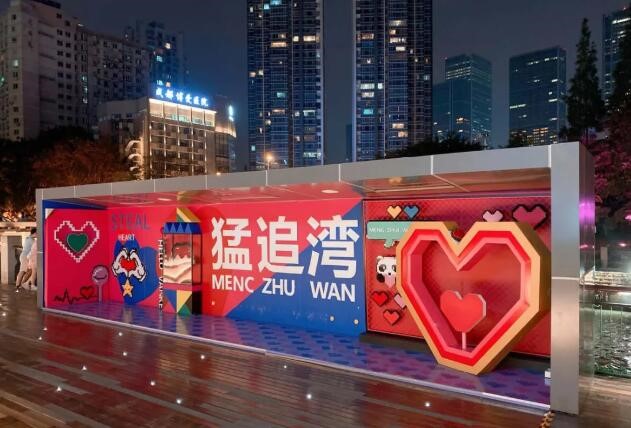
The specific actions are shown as follows.
Firstly,the integrated promotion are applied under the guidance of the higher-level concept of old city renewal from conception, planning, design, construction and operation with the operators as the leading factors.
Secondly,government-led: properties from district government(the existing idling houses+old houses purchasing + houses renting), and the rest is house reconstruction guidance. Enhancing financial support and providing long-term and low-interest loans.
Thirdly, light assets from Vanke (operation+property management ). The scope of property management services covers the entire block, and the scope of operation is only government assets. Vanke transformed earlier and has cultivated a group of operating talents, which may be the road to the phoenix nirvana of real estate companies, transforming from a developer to an operating service provider.
Fourthly, residents will reconstruct themselves under the rules of property management to jointly manage the business environment.
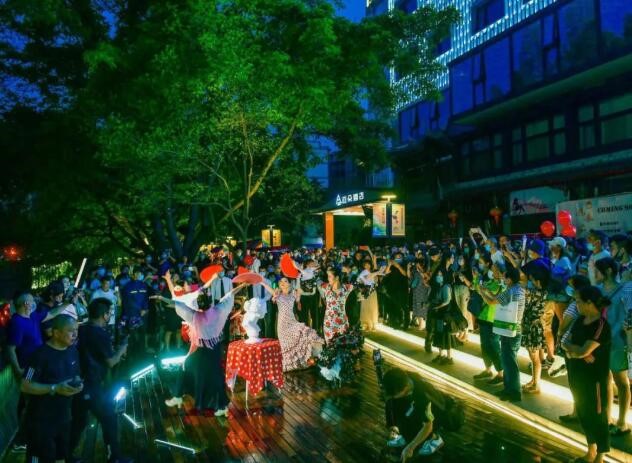
Chengdu Music House is another successful case. Many cities are engaged in the construction of large-scale cultural facilities, and the location of these facilities is critical, and often determines the later use, maintenance and management, which affects the success or not of a project. The utilization rate of many large-scale cultural facilities is lower, mostly because that they are eparated from the surrounding communities and the needs of residents, hardly generating positive interactions in daily life. Chengdu therefore decided to build a concert hall. The location of the Chengdu Concert Hall is close to the Conservatory of Music. The Conservatory of Music is the fertile soil for music. There are also the Huaxi Campus and Wangjiang Campus of Sichuan University not far from the left and right sides. And colleges and universities have a large number of music lovers, just like the soil for the seeds, music. This is the story of urban renewal caused by the catalyst of the concert hall, which gradually promote the a distinctive music house within the entire neighborhood.
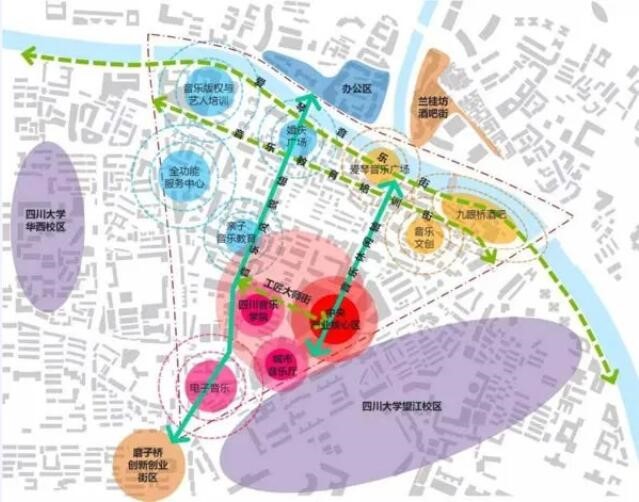
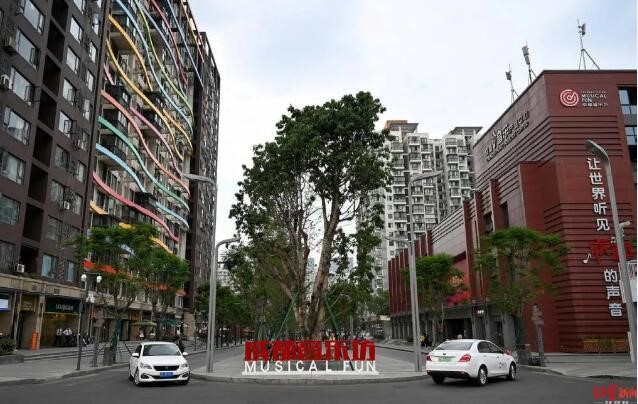
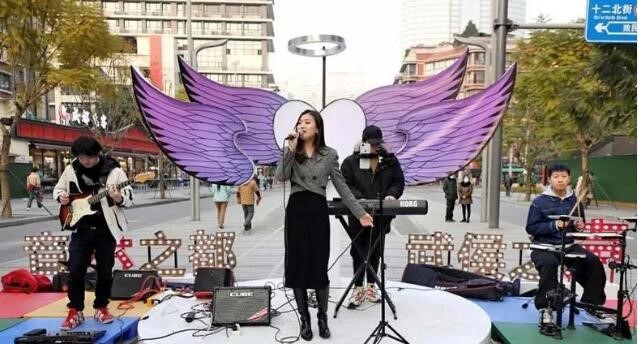
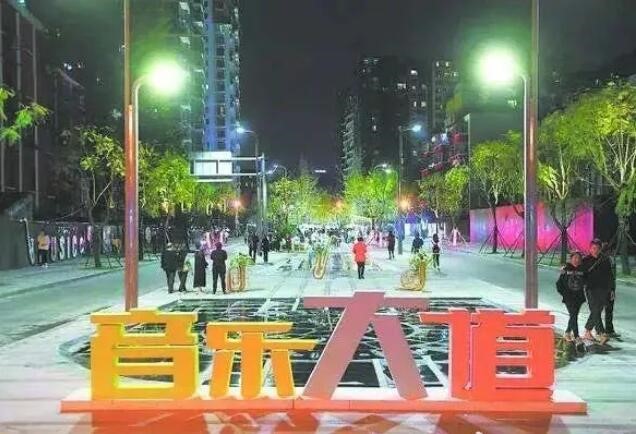
Thirdly, it’s an effective way to promote the transformation of city development and construction and boost the economic development.
The past urban development and construction methods were essentially taking land appreciation as the core, financing development as the means, and commodity housing consumption as the support to further form a closed loop of high investment, high turnover, and high return, which is hardly continuous in the era of stock renewal. It is necessary to explore a new model with value enhancement and asset appreciation as the core, resources utilization and business upgrades as the means, and urban operation and value-added services as the support to therefore force economic development and transformation. We must not transplant real estate-led development and construction methods into urban renewal, and must not engage in large-scale demolition and construction in urban renewal operations.
Fourthly, it’s an important measure to promote the solution of prominent issues and shortcomings in city development and improve people’s sense of gain, happiness and safety.
The treatment of urban waterlogging in Wuhan City is a case to solve outstanding problems with remarkable results. Huangpu River renewal in Shanghai City always focuses on public space with connectivity, openness, vitality and humanity, which better serve the citizens’ fitness and leisure, recreation and sight viewing. This case explains that people's pursuit of a better life is our goal.Connectivity, openness, vitality, and humanities are the key words that make the two sides of the Huangpu River into a world-class waterfront area.

Source: <http://www.planning.org.cn/news/view?id=11758&cid=15>
Translated by Wang Yue